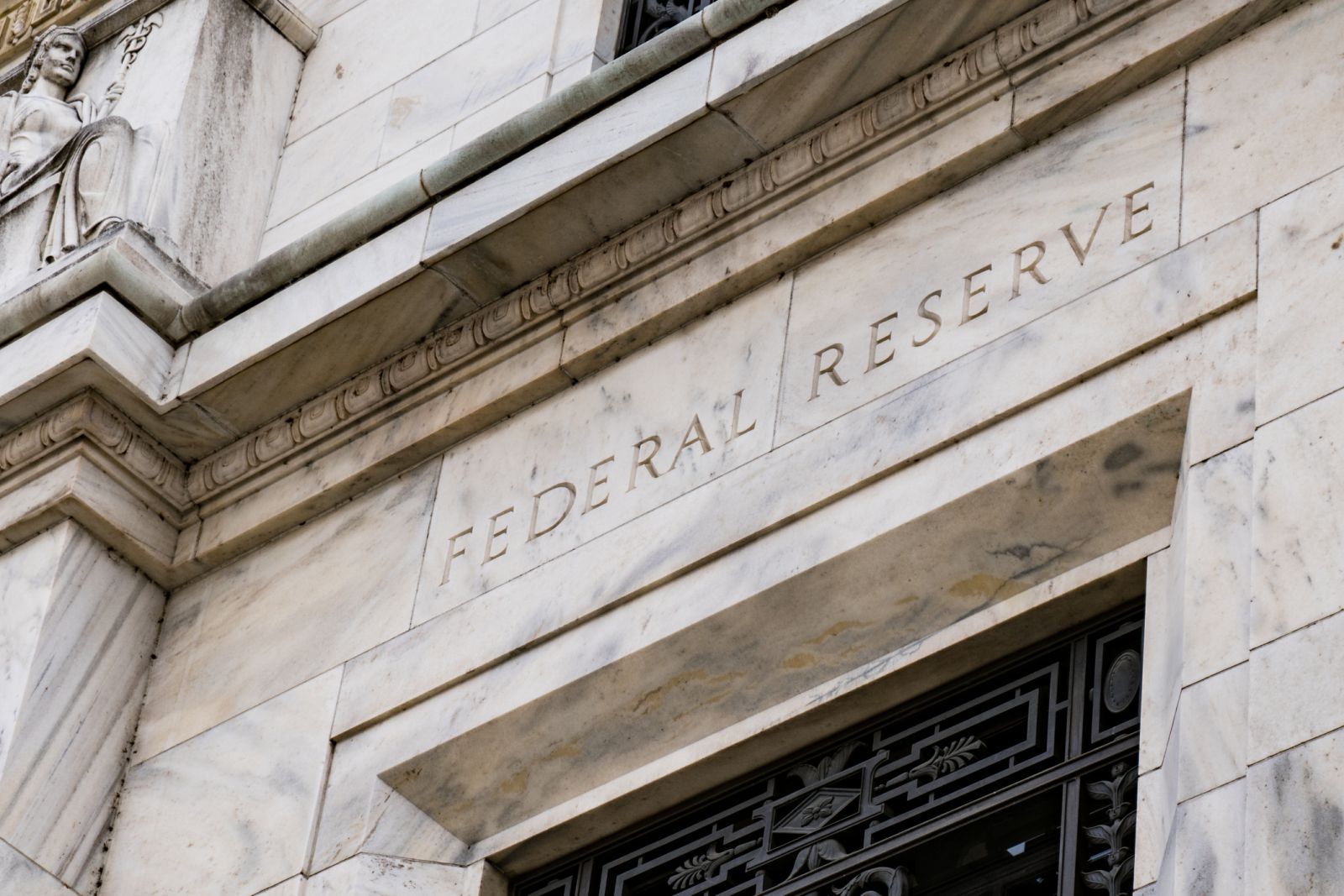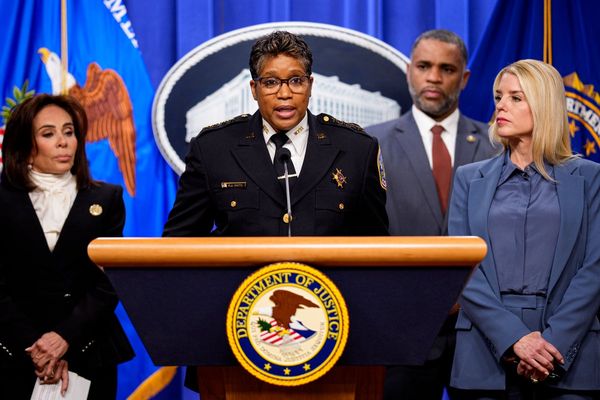
The markets were generally pleased with the release of the Fed’s annual bank stress tests late Wednesday. All of the 23 large banks easily passed their respective stress tests. However, the stress tests were conducted only on the largest U.S. banks, and not on mid-sized and smaller U.S. banks.
Fed Chair Powell today said that the U.S. banking system is “strong and resilient.” However, Mr. Powell neglected to mention that the U.S. banking system is “strong and resilient” only because the U.S. government in March was forced to guarantee deposits held by corporations and individuals above the FDIC limits in response to the run on mid-sized U.S. regional banks. He also neglected to mention the three large regional banks that failed earlier this year, including Silicon Valley Bank, First Republic, and Signature Bank.
If the U.S. government had not guaranteed deposits above FDIC limits, there would have been many more bank failures earlier this year as depositors fled all of the smaller banks to put their money into the largest systemic banks that the Fed can’t afford to let fail.
The key weakness of the Fed’s annual stress test is that it applies only to the largest U.S. banks, not to the myriad of mid-sized and smaller U.S. banks. Those banks are now the Achilles heel of the U.S. banking system, not the Wall Street banks, which have been cleaned up and carefully watched in the wake of the 2007/09 financial crisis. The Silicon Valley Bank debacle showed that U.S. regulators were paying attention only to systemic banks and were leaving mid-sized and smaller banks to their own devices.
Many U.S. mid-sized and small banks are facing big-time risks, not only from the Fed’s draconian rate-hike regime, but also from the impending commercial property debacle. The Fed’s stress test set up a scenario where the U.S. unemployment rate rose to 10% and commercial real estate prices plunged 40%. In that hypothetical scenario, the Fed said banks would lose $541 billion, including $100 billion of losses from commercial real estate and residential mortgages. However, the Fed found that the major banks would be able to continue lending despite those losses.
Yet, the Fed only looked at the impact on the largest U.S. banks, not the mid-sized and small banks. A 40% plunge in commercial real estate prices could easily cause a raft of bank runs and failures at mid-sized and smaller banks that have significant exposure to the commercial real estate sector.
The commercial real estate sector is experiencing a slow-moving meltdown as high vacancies in office buildings and retail malls make it impossible for some owners to refinance maturing loans after the Fed pushed interest rates sharply higher by 5 percentage points. Owners will increasingly hand their keys over to banks when they find it impossible to roll over their loans.
There is an estimated $1.4 trillion worth of commercial real estate loans coming due through the end of 2024, according to the Mortgage Bankers Association. Moreover, MSCI Real Assets reports that troubled commercial property assets already rose to $64 billion in Q1-2023 and that $155 billion of commercial property assets are potentially troubled.
The Fed in its recent Financial Stability Report said that 60% of commercial real estate loans are held by banks will less than $100 billion in assets, which includes all but the largest 37 U.S. banks.
On the date of publication, Rich Asplund did not have (either directly or indirectly) positions in any of the securities mentioned in this article. All information and data in this article is solely for informational purposes. For more information please view the Barchart Disclosure Policy here.






